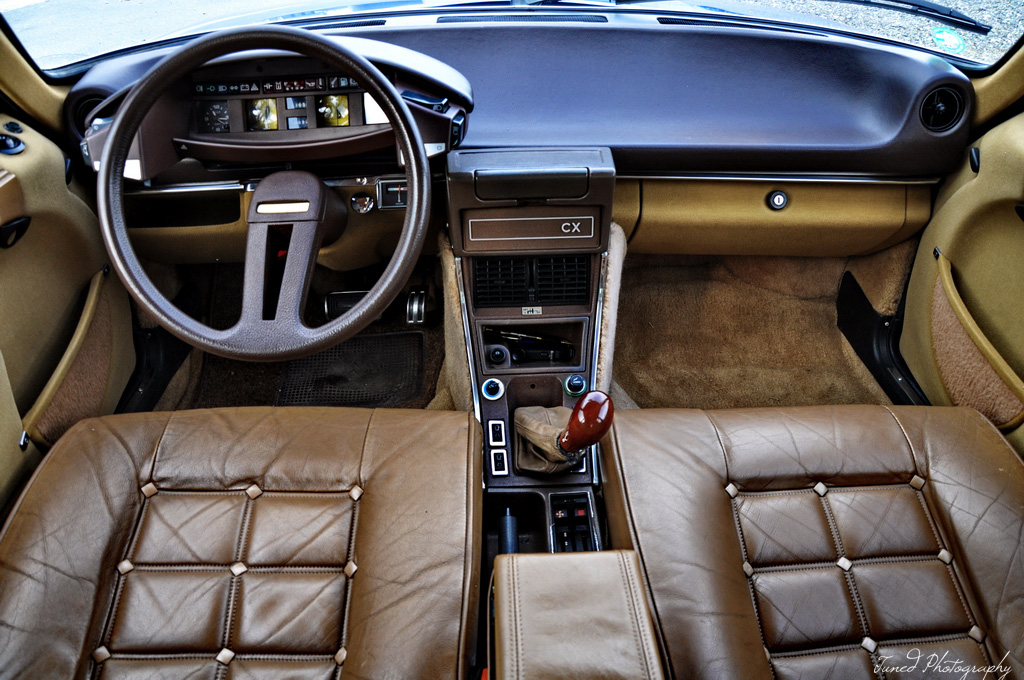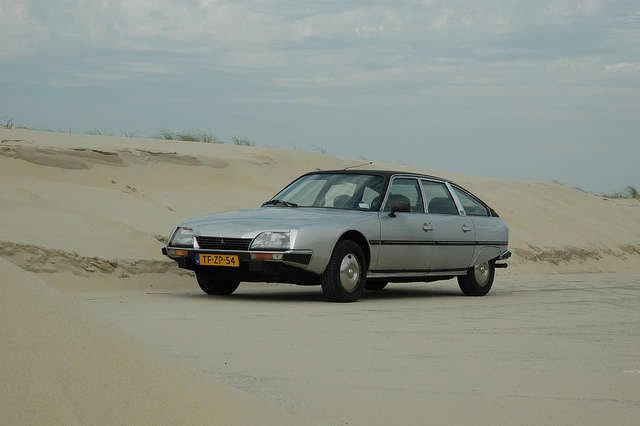Citroen / Citroen CX 2400 Injection

Specs
| Citroën 12 | manual | 35HP (26 kW) @ 3200 rpm | |
|---|---|---|---|
| Citroen Eco 2000 | Manual | 168HP (123 kW) @ 5000 rpm | |
| Citroen Eole | Manual | 106HP (78 kW) @ 6250 rpm | |
| Citroën G Special Break | manual | 56HP (41 kW) @ 5750 rpm | |
| Citroen Mini-Zup | Manual | 60HP (44 kW) @ 5750 rpm | |
| Citroen Multispace 1.4 | Manual | 90HP (66 kW) @ 4000 rpm | |
| Citroen Osee | Automatic | 109HP (80 kW) @ 4000 rpm | |
| Citroen Rally Raid | 4 speed automatic | 135HP (100 kW) @ 5500 rpm |
Worldwide Trends
GEO Interests
Videos / Citroen CX 2400 Injection
citroën CX van 99.999 naar 00.000
Citroen CX 2400 GTi
Citroën CX Prestige 2400 C-matic 1980 PO-GE
A very short drive in the first CX VEMS LPG (driving on LPG)
Citroen cx 2400 injection: a complete makeover
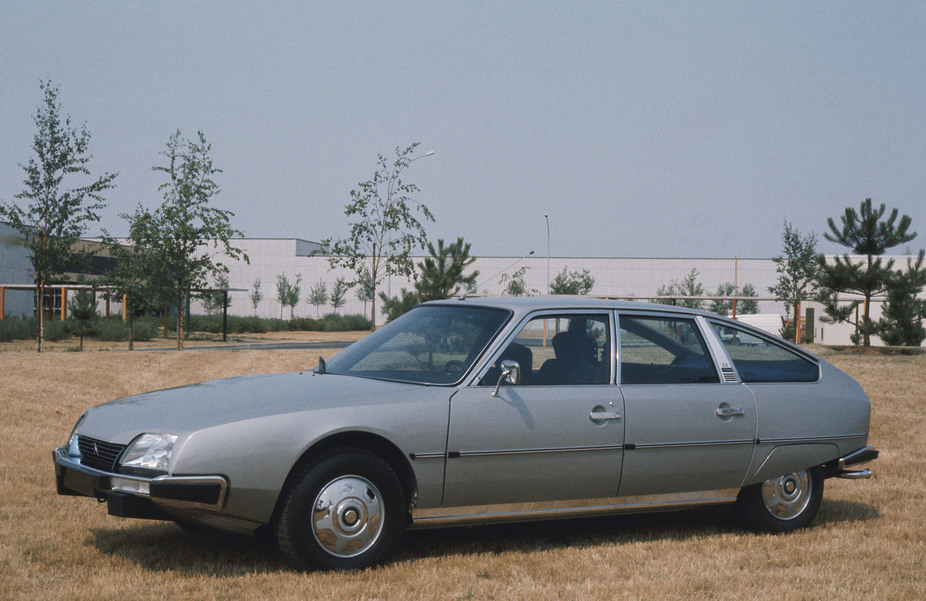 History
History
The Citroen cx 2400 injection was manufactured by a French company. The automobile sold close to about 1.2 million within the first 16 years of production. It was also crowned as the European Car of the year during the 1970s. With a relatively low dragging coefficient the aerodynamic styling patterns of the vehicle is sure to captivate the attention of the car lovers. It had a stationary wagon with a long wheelbase. The chassis brake enabled hydro pneumatic suspension techniques that leveled it. Initially it was a major hit in Europe. The customers seemed to be pleased with its performance. However the technology used was apparently impractical. The vehicle was not distributed all across the globe unlike its other competitors. The expenses in development had to come from an extremely small source which did not permit the worldwide distribution.
Design variation
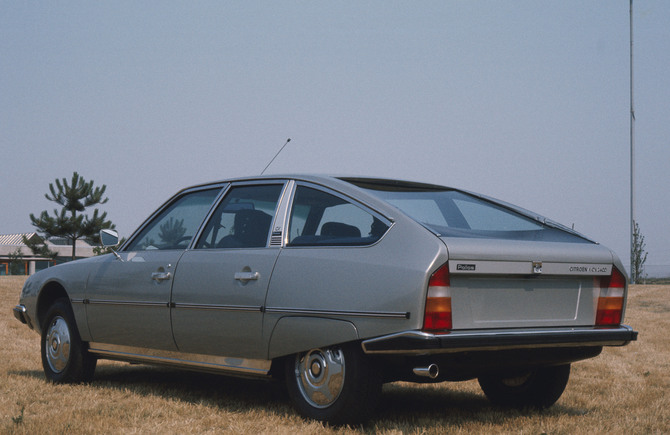 Both the models that made use of petrol and diesel engines were turbo charged. The vehicle had front and rear bumpers made out of stainless steel. The dashboard had a speedometer needle that revolved around the drum. Plastic bumpers were added later on to impart to it an aggressive appearance. The radio was positioned sidewise in between the seats. The height rectifier and the heating controls were placed at the centre.
Both the models that made use of petrol and diesel engines were turbo charged. The vehicle had front and rear bumpers made out of stainless steel. The dashboard had a speedometer needle that revolved around the drum. Plastic bumpers were added later on to impart to it an aggressive appearance. The radio was positioned sidewise in between the seats. The height rectifier and the heating controls were placed at the centre.
Style
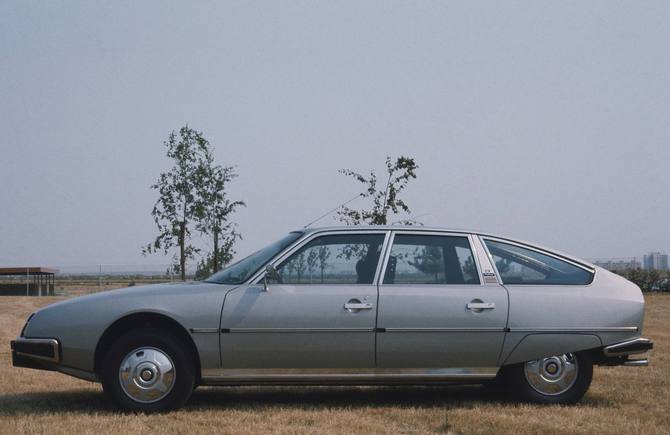 The sharp following lines are an important aspect of its style. The hydro-pneumatic system is mechanically integrated. The power steering is also self-adjustable. The unique designing of the interiors gets rid of orthodox column stalks that enable the driver to reach the controls easily since all the controls are in a hand’s reach from the steering wheel.The sub frames are attached to the suspensions mounted flexibly on the body. This smoothes the ride and also minimizes the engine noise. The vehicle proved out to be a driving sensation and was able to ride well over the irregular roads. The engine design is transverse and the mid-engine is contrary to the other engine arrangements. A longer version of Citroen resembled the appearance of a Limousine.The wheelbase was longer as well and provided more legroom than the size of the standard sedan. An extra roofline was added to improve on the comfort level. The contemporary reviews were suitable to the fitments of the interior.
The sharp following lines are an important aspect of its style. The hydro-pneumatic system is mechanically integrated. The power steering is also self-adjustable. The unique designing of the interiors gets rid of orthodox column stalks that enable the driver to reach the controls easily since all the controls are in a hand’s reach from the steering wheel.The sub frames are attached to the suspensions mounted flexibly on the body. This smoothes the ride and also minimizes the engine noise. The vehicle proved out to be a driving sensation and was able to ride well over the irregular roads. The engine design is transverse and the mid-engine is contrary to the other engine arrangements. A longer version of Citroen resembled the appearance of a Limousine.The wheelbase was longer as well and provided more legroom than the size of the standard sedan. An extra roofline was added to improve on the comfort level. The contemporary reviews were suitable to the fitments of the interior.
Eventual development
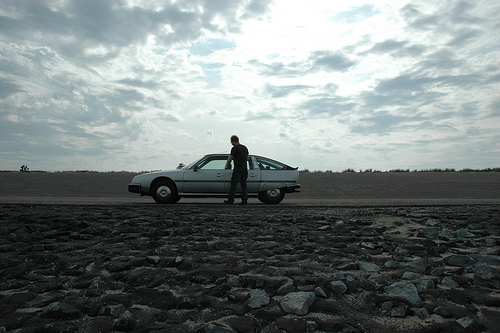 The Citroen cx 2400 injection model evolved gradually with some of the key items being modified to introduce it into the market segment. With the company’s limited financial resources, the selling point eventually reduced. The new Jetronic injection technique is also an extra feature. The automatic transmission method enabled rust proofing. Steels, electrical wirings, door hinges and motors were some of the standard components that became an issue. It is the fastest sedan ever known with a turbo powered engine that runs on diesel, with the top speed being 195 Km/hr. The gasoline versions on the other hand made the best use of the chassis and attained a top speed of 220Km/hr. The advent of the Turbo 2 model improved the rate of fuel consumption. The aerodynamic reorientation of the species improved the template design of the vehicle. The rear view mirrors were common amongst the sports generation cars that were manufactured by the British automobile companies.
The Citroen cx 2400 injection model evolved gradually with some of the key items being modified to introduce it into the market segment. With the company’s limited financial resources, the selling point eventually reduced. The new Jetronic injection technique is also an extra feature. The automatic transmission method enabled rust proofing. Steels, electrical wirings, door hinges and motors were some of the standard components that became an issue. It is the fastest sedan ever known with a turbo powered engine that runs on diesel, with the top speed being 195 Km/hr. The gasoline versions on the other hand made the best use of the chassis and attained a top speed of 220Km/hr. The advent of the Turbo 2 model improved the rate of fuel consumption. The aerodynamic reorientation of the species improved the template design of the vehicle. The rear view mirrors were common amongst the sports generation cars that were manufactured by the British automobile companies.















